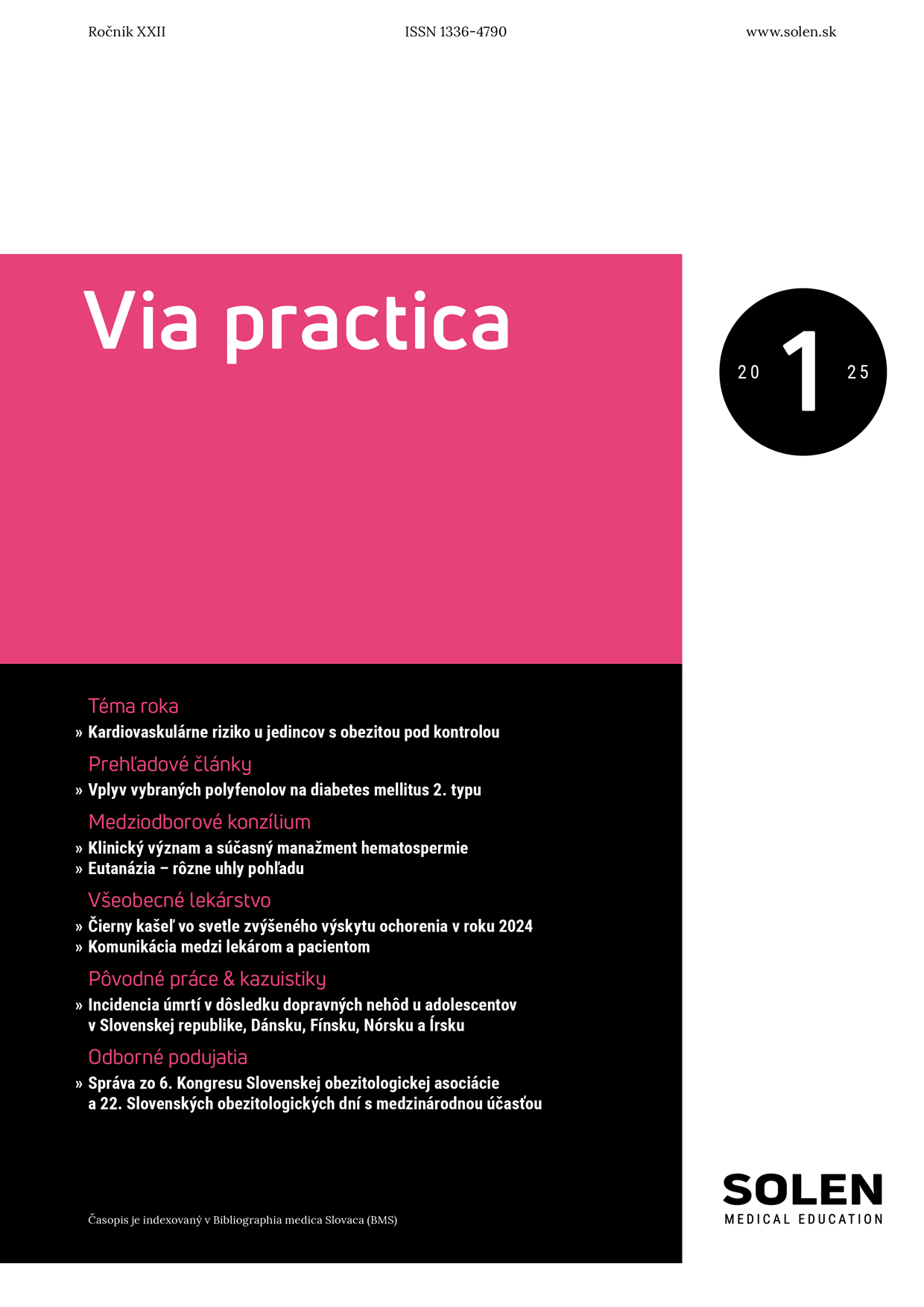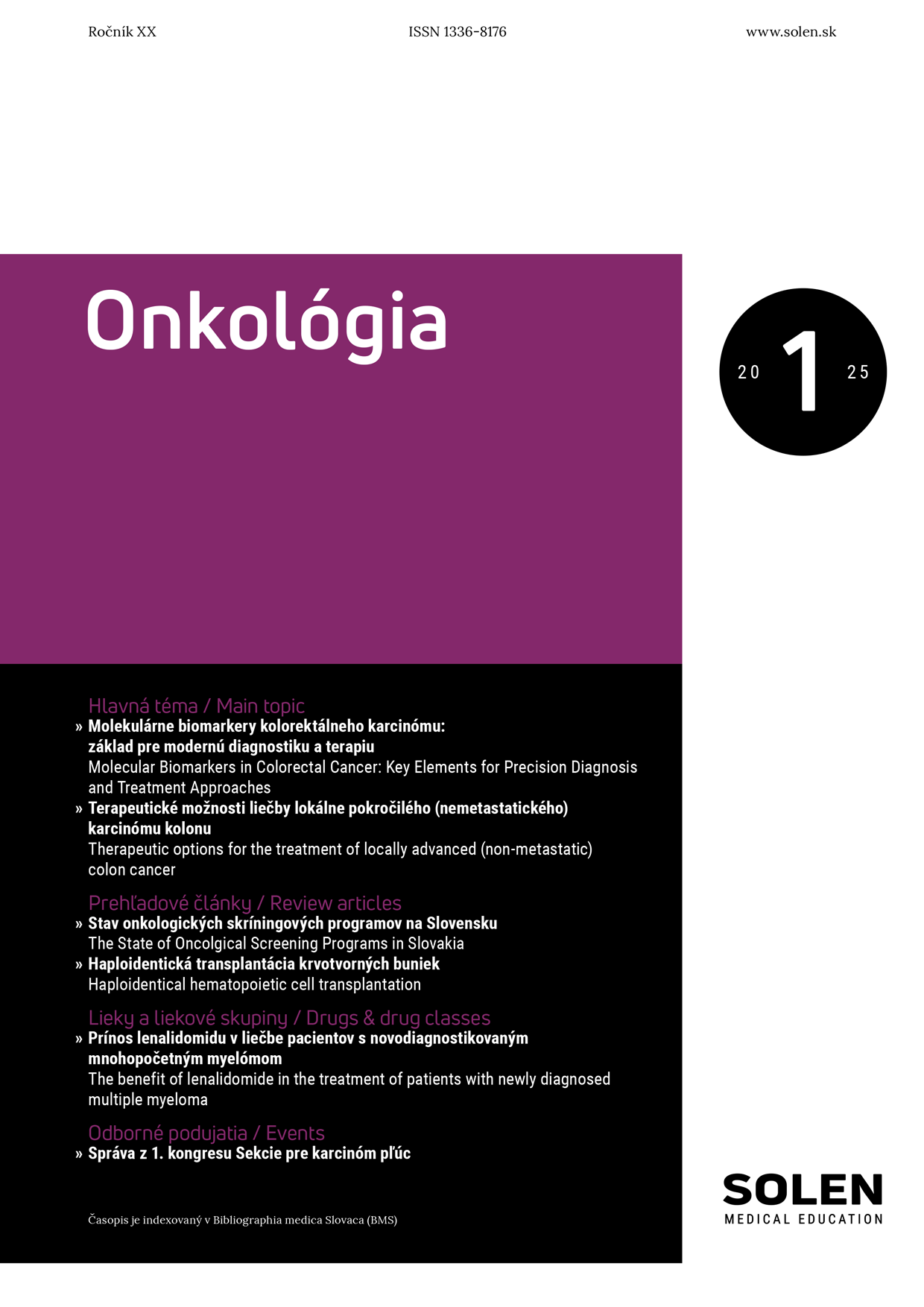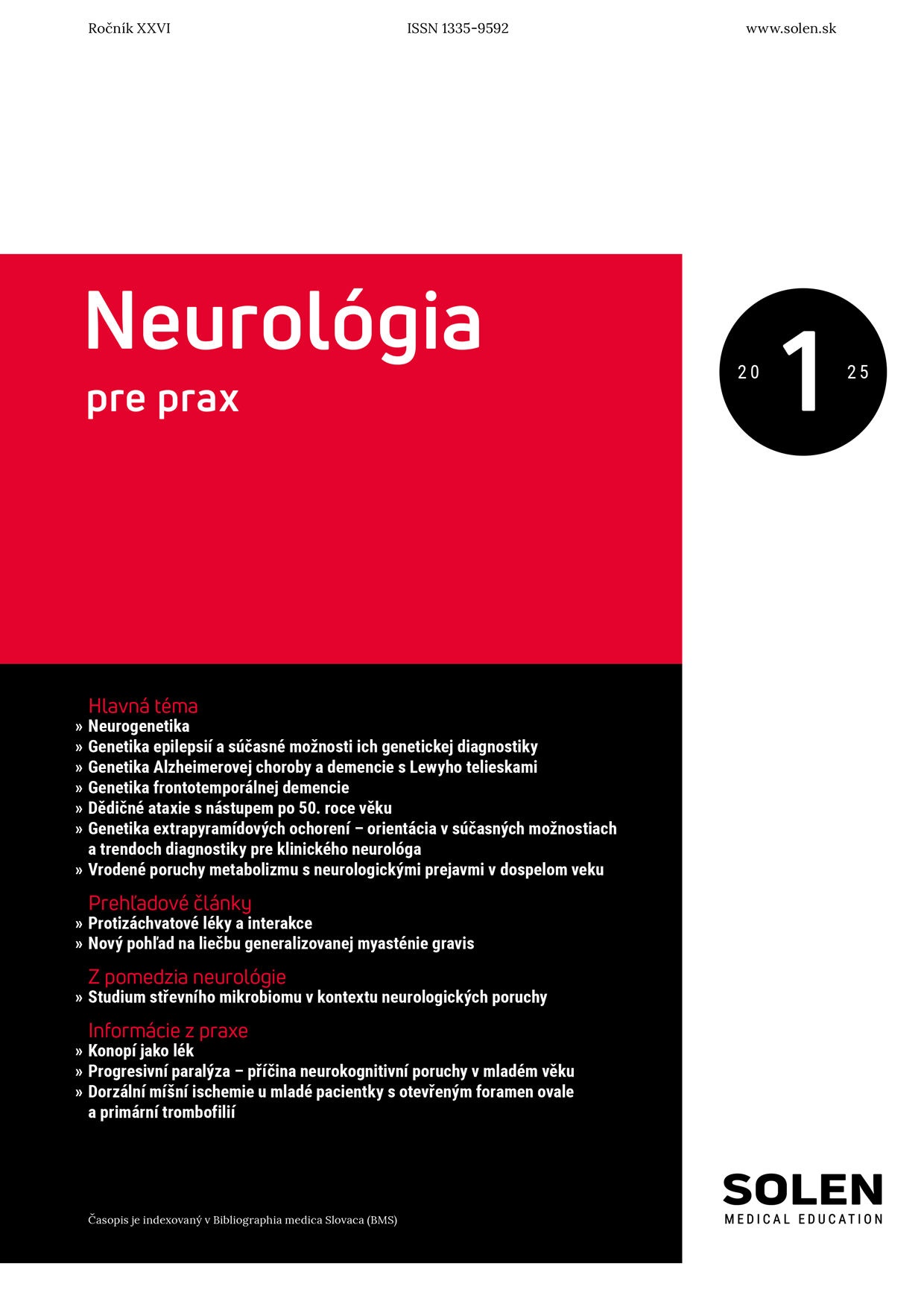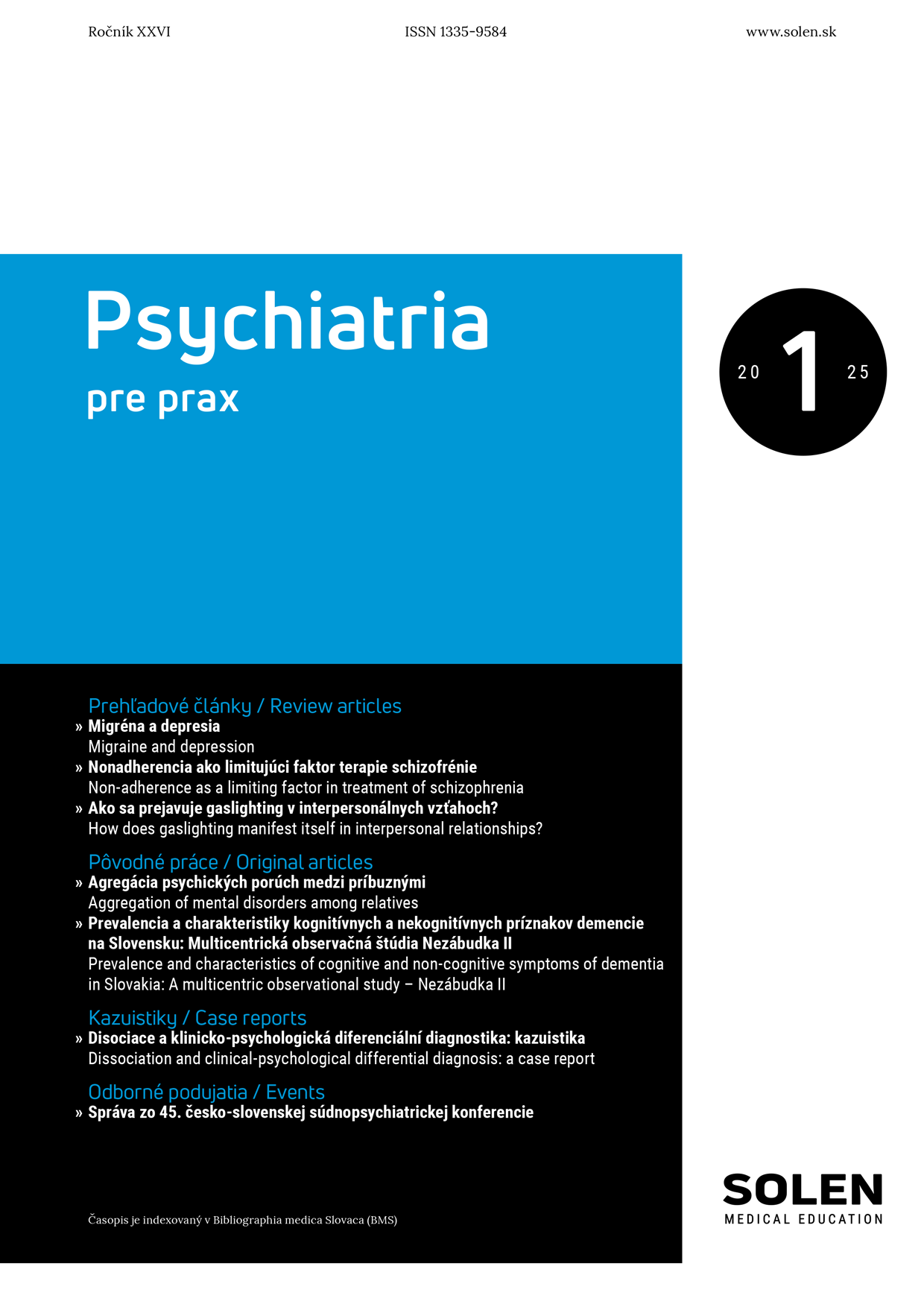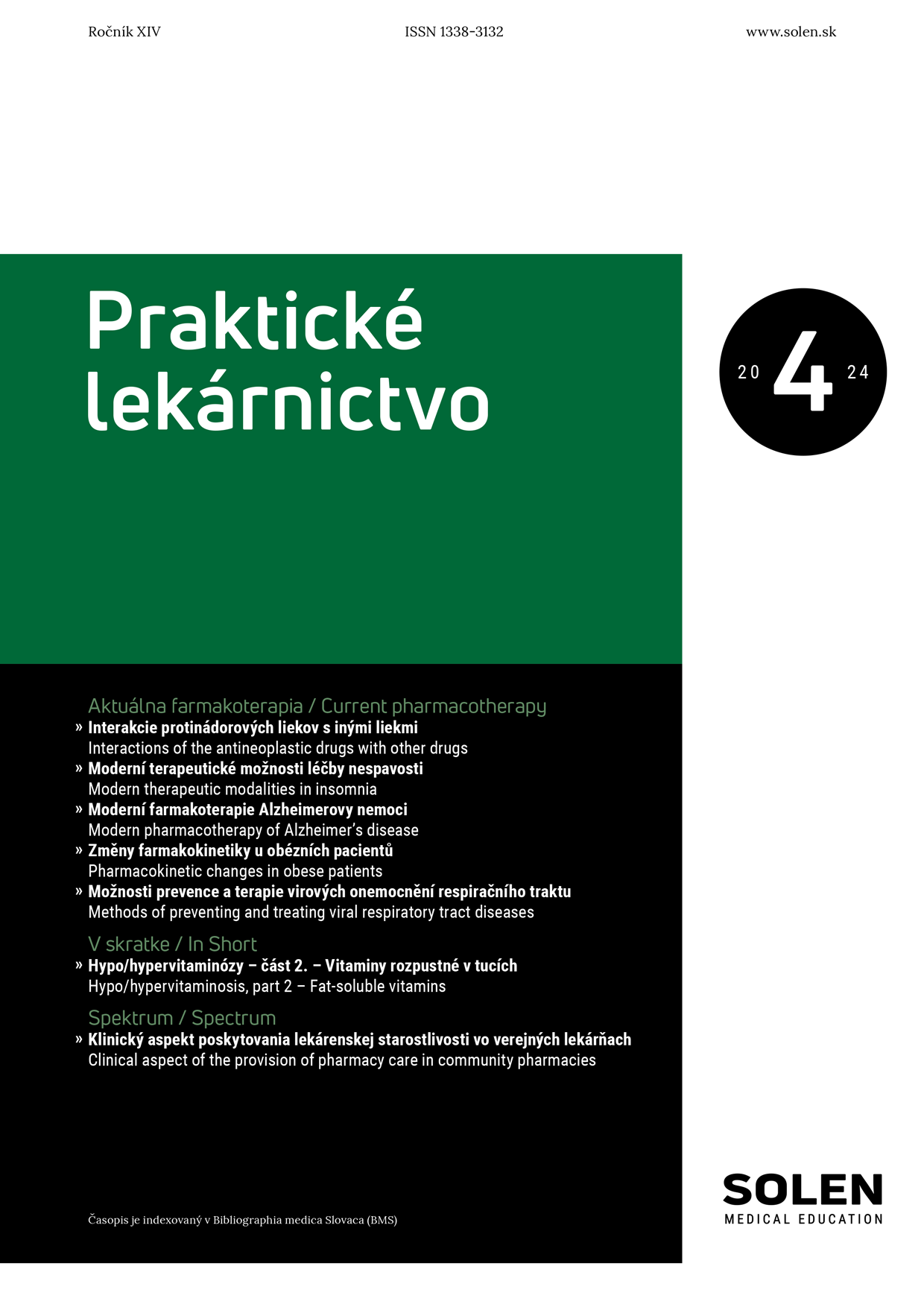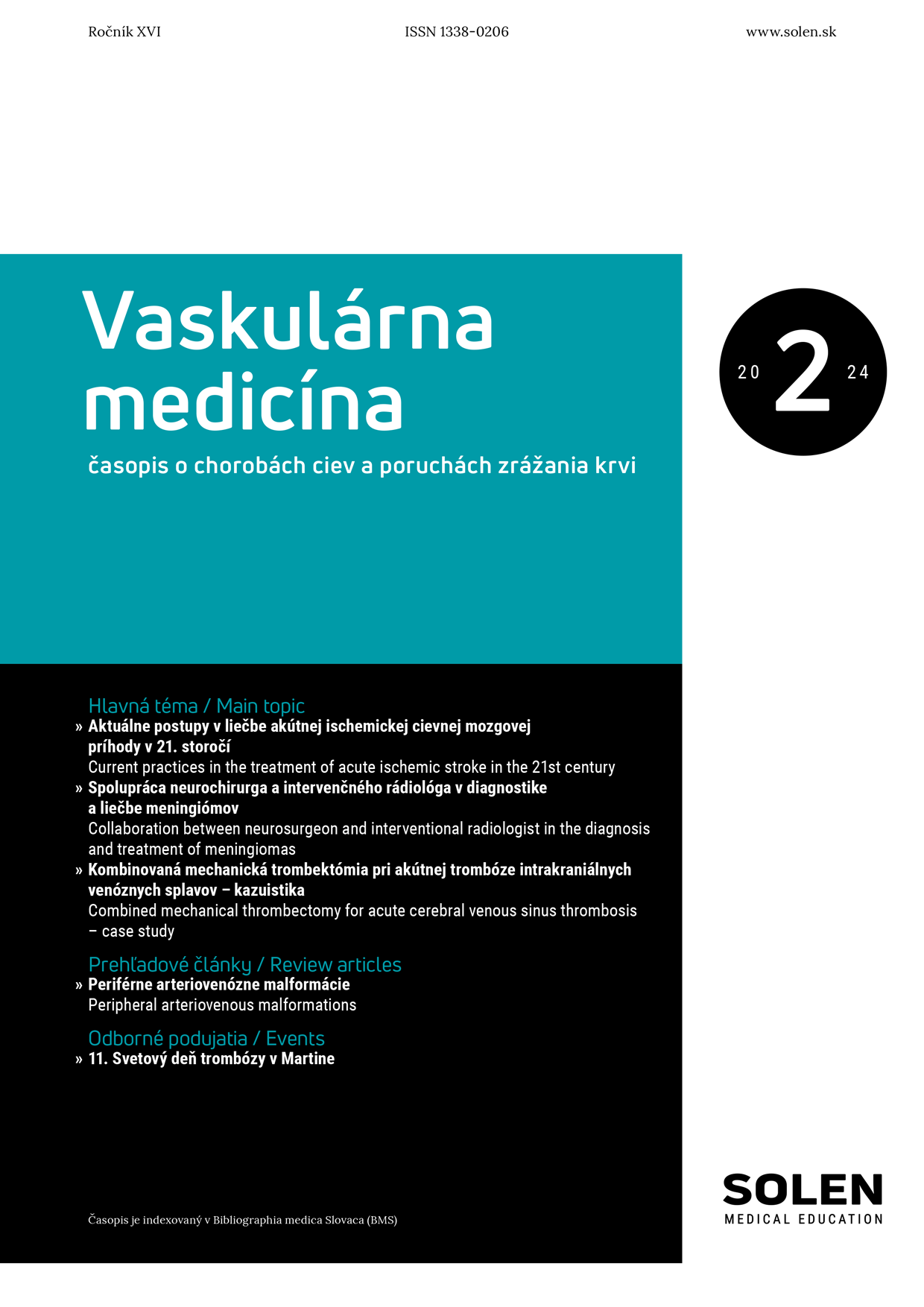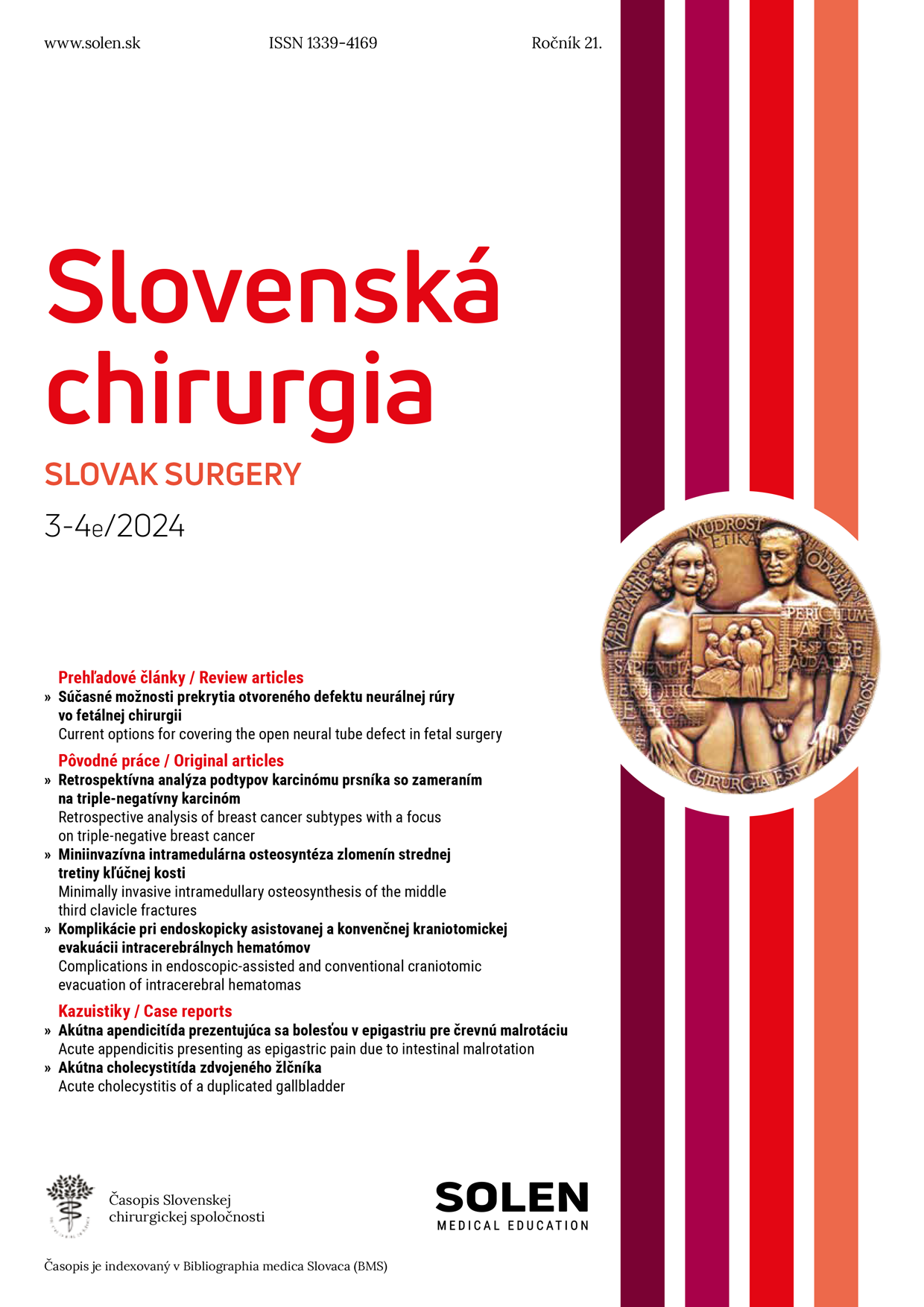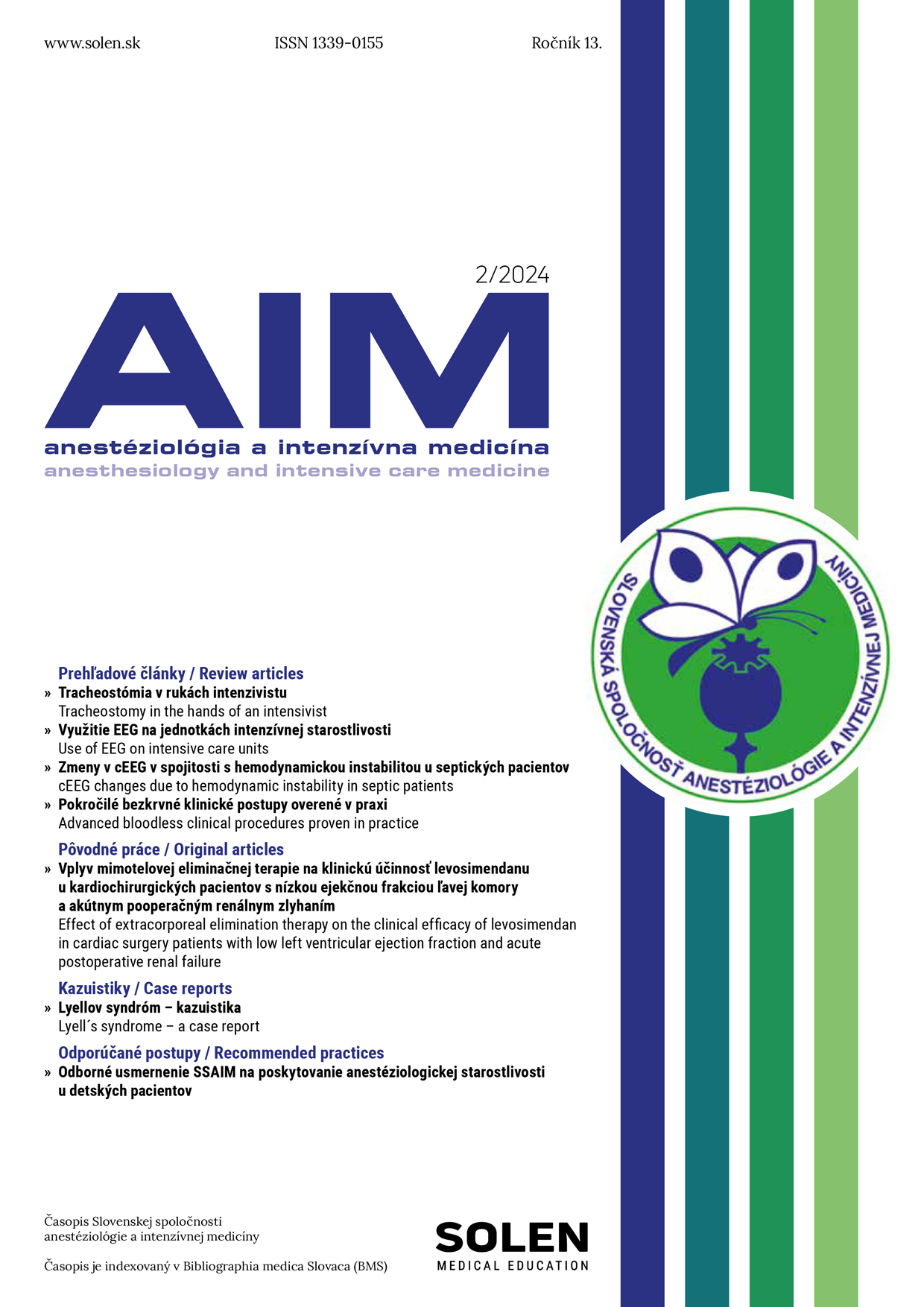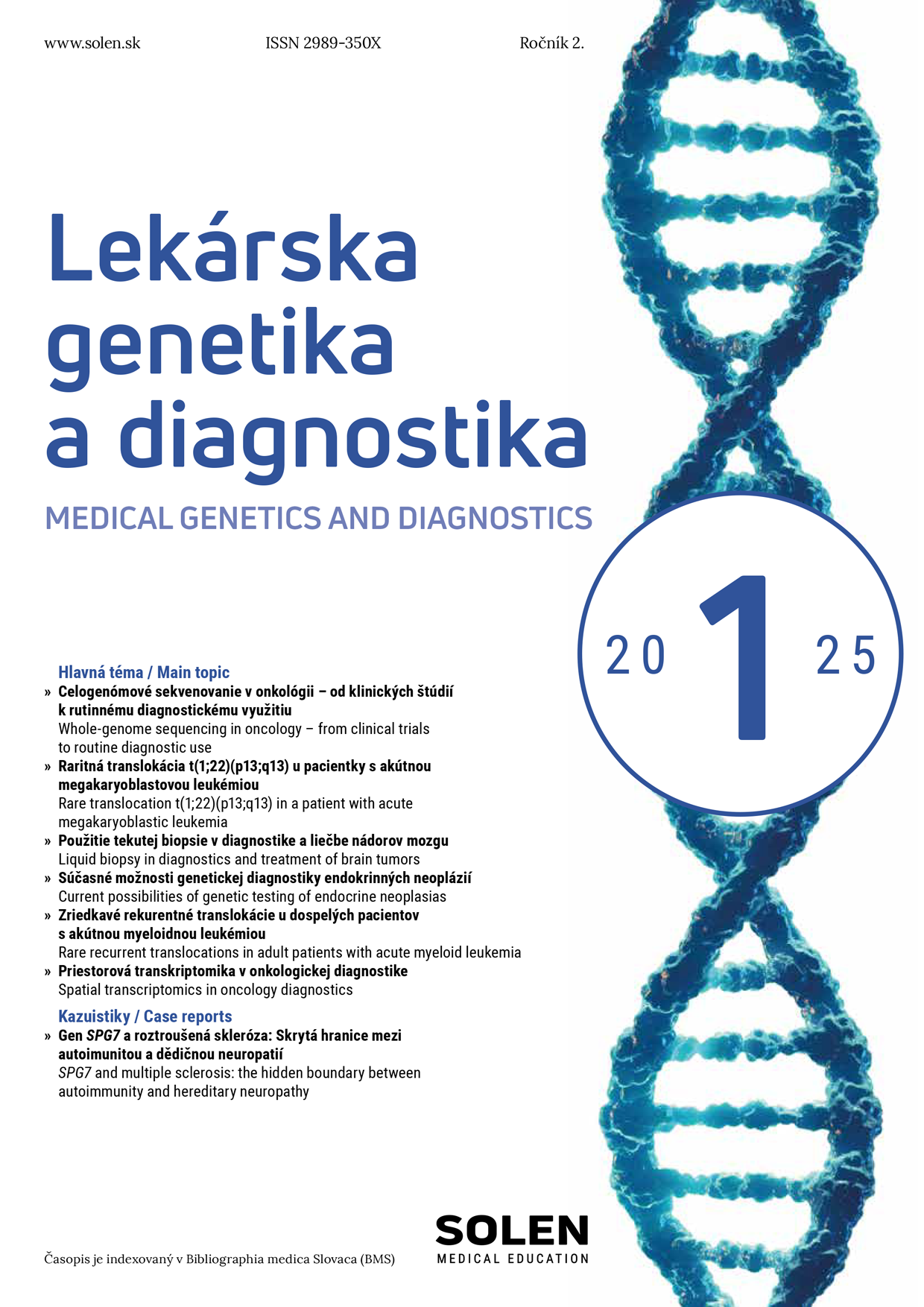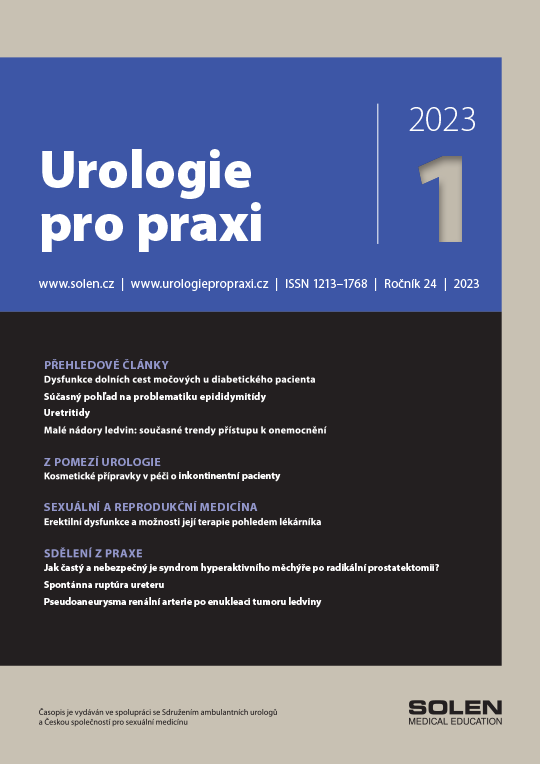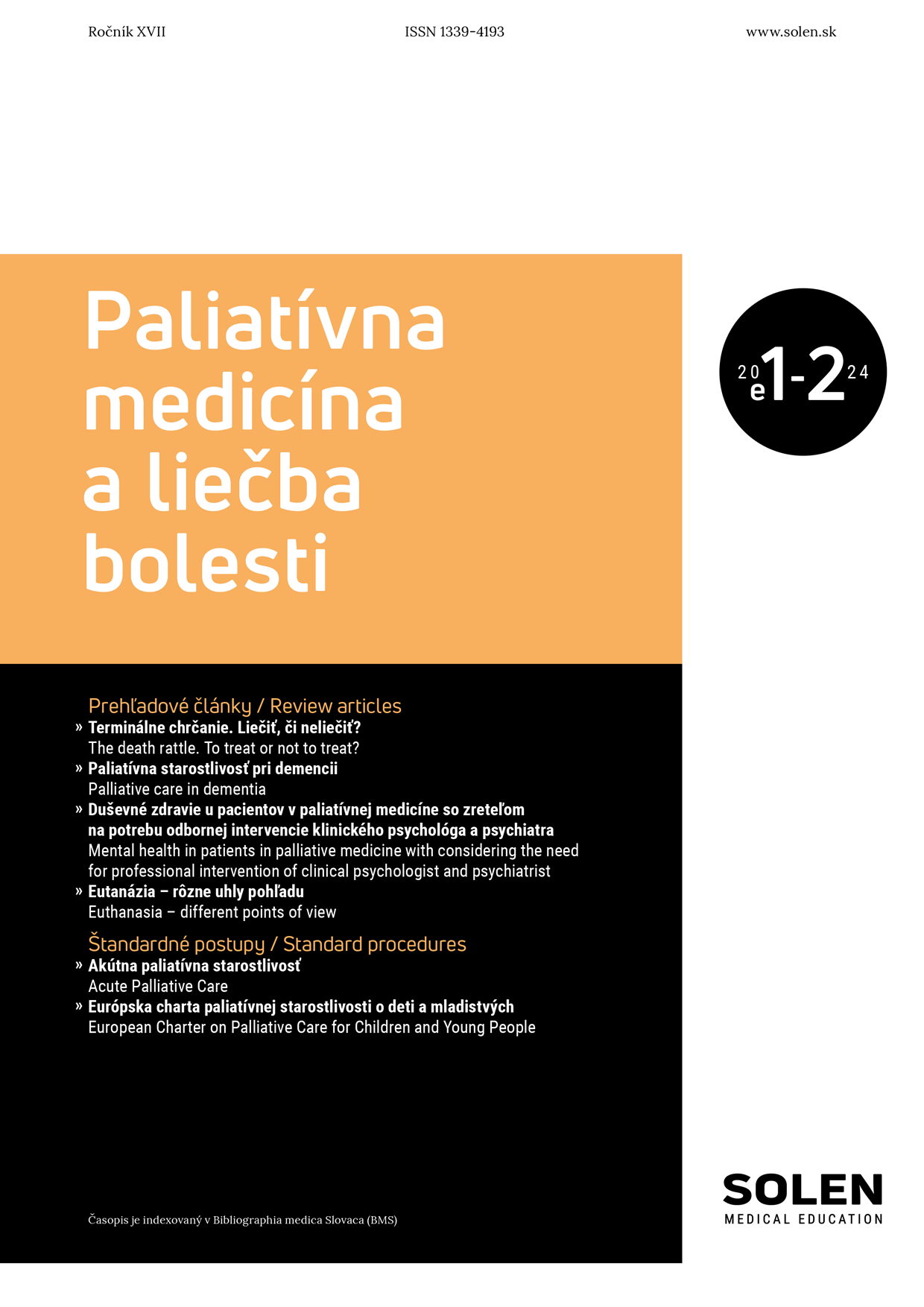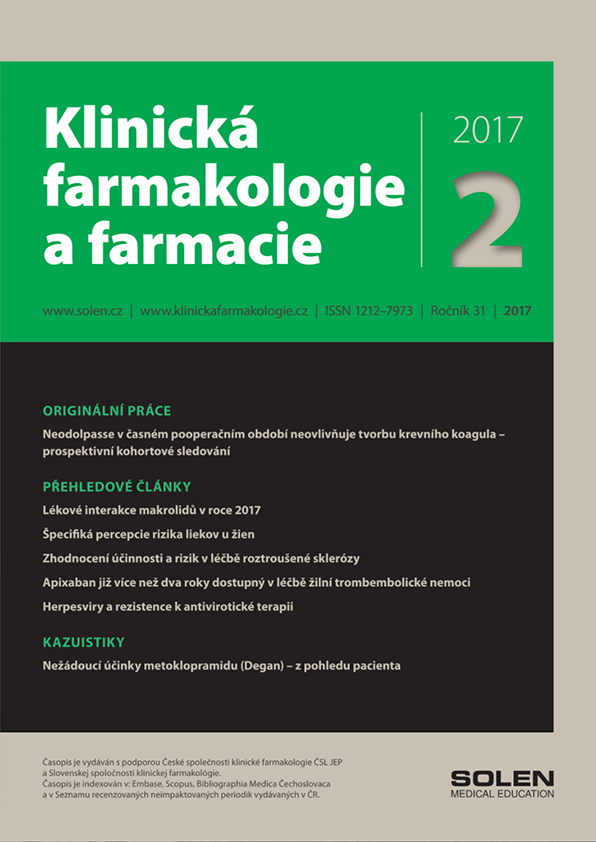Urologie pro praxi 3/2024
Hybrid imaging methods in diagnostics of prostatic carcinoma
Imaging of the prostate tumour´s own tissue is using standard tumour imaging approaches remains difficult, the imaging using contrast enhanced computed tomography and also the hybrid imaging using PET/CT with the application of the 18F-fluorodeoxyglucose is insufficient. Magnetic resonance imaging is useful in detection of prostate cancer in patients with elevated prostatic specific antigen (PSA) and/or with increased prostate health index (PHI). Currently, it is possible to use combination of radiological and nuclear medicine methods – hybrid positron emission tomography combined with computed tomography (PET/CT) or with magnetic resonance imaging (PET/MRI) with the application of 18F-fluorocholine (FCH), 18F-fluciclovine, 18F-natriumfluoride (18F-NaF) or 68Ga-PSMA-11 (ligand of prostatic specific membrane antigen) in detection, staging or restaging of prostate carcinoma. PET/CT or PET/MRI with the application of 68Ga-PSMA-11 represents current optimal method for staging, restaging and evaluation of prostate cancer therapy response.
Keywords: prostate cancer, PET/MRI, PET/CT, 18F-fluorocholine, 18F-fluciclovine, 18F-natriumfluoride, 68Ga-PSMA-11.



